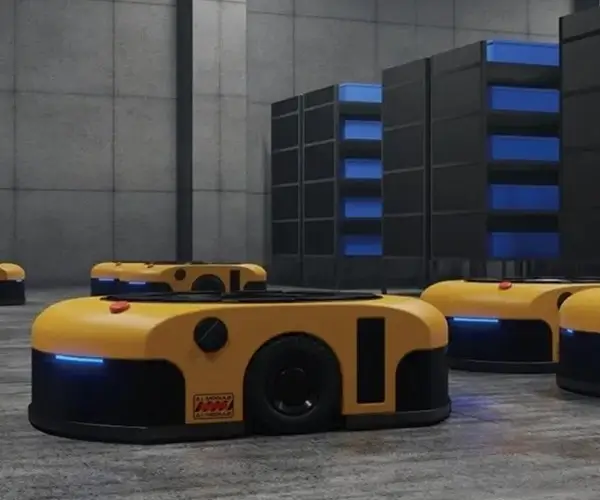Sure! Here's the first part of the article about "sewing machine servo motor speed reducer."
In the bustling world of textile and garment manufacturing, precision, efficiency, and reliability are more than just buzzwords—they’re the backbone of a successful operation. Over the years, technology has continually advanced to meet the increasing demands of productivity and quality. Among the most significant innovations in recent times is the integration of servo motor technology, especially the use of sewing machine servo motor speed reducers. This combination offers a synergy that elevates sewing to new heights of finesse and efficiency.

Understanding the core components is essential to appreciate how this technological leap benefits both industrial and domestic sewing setups. A servo motor is a compact, high-precision motor that can control exact positioning and speed. When paired with a sewing machine, it provides smoother operation, precise speed control, and significant reductions in noise and energy consumption. However, just having a servo motor isn’t enough; the addition of a speed reducer transforms how the motor interacts with the sewing machine’s mechanics.
A speed reducer, also known as a gear reducer, is an essential power transmission component designed to decrease the motor’s rotational speed while increasing torque. In the context of sewing machines, this means the motor's high RPM can be converted into slower, more controlled movement suitable for sewing, without sacrificing power. The synergy of the servo motor and the speed reducer results in a sewing machine that remains smooth, precise, and energy-efficient.
One of the standout benefits of incorporating a servo motor with a speed reducer is the exceptional control it offers over sewing speed. Unlike traditional clutch motors or mechanical speed controls, servo motors with reducers can precisely tune the sewing pace at a moment's notice, tailored to the task at hand. Whether stitching delicate fabrics or performing heavy-duty work, operators can adjust the speed seamlessly, ensuring superior stitch quality and avoiding mistakes caused by inconsistent feeding.
Moreover, the reduction in speed also means there's less mechanical stress on the machine's components. This translates to longevity; a sewing machine equipped with a servo motor speed reducer experiences less wear and tear. Not only does this extend the lifespan of the machinery, but it also reduces maintenance costs and downtime, a critical factor for factories operating on tight schedules.
Another notable advantage is energy efficiency. Traditional motors tend to consume a lot of power, especially when operating at high speeds with mechanical controls that may waste energy during fluctuations. In contrast, servo motors optimized with a speed reducer can operate more efficiently, dynamically adjusting power consumption based on workload requirements. The result: greener, more cost-effective sewing operations that align with modern sustainability goals.
Beyond manufacturing, the adoption of servo motors with speed reducers is making waves among serious hobbyists and professional tailors. Their quiet operation and precise control enable a more enjoyable sewing experience, whether crafting complex quilt designs or intricate embroidery. By minimizing vibration and noise, these systems make sewing a more relaxing and rewarding activity.
The process of integrating a servo motor speed reducer into a sewing machine begins with selecting the right specifications. Factors such as motor torque, speed ratio, and compatibility with the machine's existing drive system are crucial. Manufacturers often customize these components to match specific sewing tasks, whether that's high-speed quilting, industrial embroidery, or delicate tailoring.
Additionally, advances in materials and manufacturing techniques have led to more compact, durable, and highly efficient gear reducers. Today’s gearboxes feature precision-machined gears with minimal backlash, ensuring consistent operation and tight control over sewing speed. Moreover, quick-installation mounting options make retrofitting older machines with modern servo systems a feasible project for many technicians.
As the industry shifts toward automation and digitization, the role of servo motor speed reducers becomes even more prominent. They serve as the cornerstone of intelligent sewing systems, enabling programmable stitch patterns, automated fabric feeding, and real-time speed adjustments based on sensor feedback. This integration upgrades traditional sewing machines into smart manufacturing tools capable of competing with advanced textile industry demands.
In summary, the combination of a sewing machine servo motor with a high-quality speed reducer offers unparalleled control, efficiency, and longevity. For manufacturers aiming to boost throughput and quality, or hobbyists seeking a more refined sewing experience, this technology opens up limitless possibilities. These systems exemplify how innovation continues to shape and elevate one of the world’s oldest crafts, blending precision engineering with creative expression.
Established in 2005, Kpower has been dedicated to a professional compact motion unit manufacturer, headquartered in Dongguan, Guangdong Province, China.




































